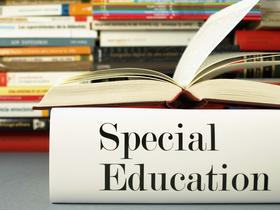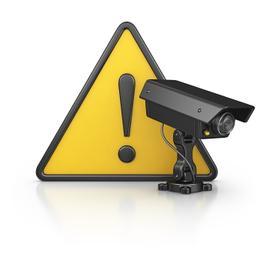Central Juvenile Hall is a youth detention center in Los Angeles County. Central houses both boys and girls. The Central Juvenile Hall complex was originally established in 1912 as the first juvenile detention facility in Los Angeles County.
Central Juvenile Hall ranks in the bottom 50% of all schools in California for overall test scores (math proficiency is bottom 50%, and reading proficiency is bottom 50%).
The percentage of students achieving proficiency in math is ≤20% (which is lower than the California state average of 33%). The percentage of students achieving proficiency in reading/language arts is ≤20% (which is lower than the California state average of 47%).
Quick Stats (2025)
- School Type: Alternative school
- Grades: 6-12
- Graduation Rate: ≤10% (Btm 50% in CA)
- Overall Testing Rank: Bottom 50%
- Math Proficiency: ≤20% (Btm 50%)
- Reading Proficiency: ≤20% (Btm 50%)
- Science Proficiency: <50% (Top 20%)
- Source: National Center for Education Statistics (NCES), CA Dept. of Education
Top Rankings
Central Juvenile Hall ranks among the top 20% of public schools in California for:
Category
Attribute
Science Proficiency
Percent Eligible For Free Lunch
Community Size
Student Attention
School Overview
School Type
Grades Offered
Grades 6-12
Total Students (22-23)
138 students
Total Classroom Teachers (22-23)
11 teachers
School Rankings
Central Juvenile Hall ranks within the bottom 50% of all 9,602 schools in California (based off of combined math and reading proficiency testing data).
Overall Testing Rank
#7692 out of 9602 schools
(Bottom 50%)
(Bottom 50%)
Math Test Scores (% Proficient)
≤20%
33%
Reading/Language Arts Test Scores (% Proficient)
≤20%
47%
Science Test Scores (% Proficient)
<50%
29%
Student : Teacher Ratio
n/a
21:1
American Indian
1%
1%
Asian
1%
12%
Hispanic
57%
55%
Black
35%
5%
White
4%
21%
Hawaiian
1%
n/a
Two or more races
1%
6%
Graduation Rate
≤10%
87%
Eligible for Free Lunch
98%
51%
School Statewide Testing
School District Name
Source: National Center for Education Statistics (NCES), CA Dept. of Education
Profile last updated: 02/09/2025
Frequently Asked Questions
What is Central Juvenile Hall's ranking?
Central Juvenile Hall is ranked #7692 out of 9,602 schools, which ranks it among the bottom 50% of public schools in California.
What percent of students have achieved state testing proficiency in math and reading?
≤20% of students have achieved math proficiency (compared to the 33% CA state average), while ≤20% of students have achieved reading proficiency (compared to the 47% CA state average).
What is the graduation rate of Central Juvenile Hall?
The graduation rate of Central Juvenile Hall is 10%, which is lower than the California state average of 87%.
How many students attend Central Juvenile Hall?
138 students attend Central Juvenile Hall.
What is the racial composition of the student body?
57% of Central Juvenile Hall students are Hispanic, 35% of students are Black, 4% of students are White, 1% of students are American Indian, 1% of students are Asian, 1% of students are Hawaiian, and 1% of students are Two or more races.
What grades does Central Juvenile Hall offer ?
Central Juvenile Hall offers enrollment in grades 6-12
What school district is Central Juvenile Hall part of?
Central Juvenile Hall is part of Los Angeles County Office Of Education School District.
School Reviews
Review Central Juvenile Hall. Reviews should be a few sentences in length. Please include any comments on:
- Quality of academic programs, teachers, and facilities
- Availability of music, art, sports and other extracurricular activities
Recent Articles

Parents’ Guide to Special Education
Special education law is not easy to decipher, with several regulations that govern special education services for disabled students. In this article, learn about the core components of the laws, rights, and individual education plans that can help create the best public school environment for your child.

Surveillance Cameras: Violation of Rights or Improved Security?
A school district in Virginia has given the green light to schools that want to install surveillance cameras in common areas like cafeterias and hallways. We’ll look at whether this is a violation of student privacy or the best way to keep order in schools.

Teachers in 19 States Allowed to Physically Punish Students
As of 2014, nineteen states still allow corporal punishment – spanking and paddling the most common choices – in their public schools. However, some argue that not only are these punishments physically harmful, they also are disproportionately administered to students of color. As a result, House democrats have taken up the issue in a new bill that would ban all forms of corporal punishment nationwide.





